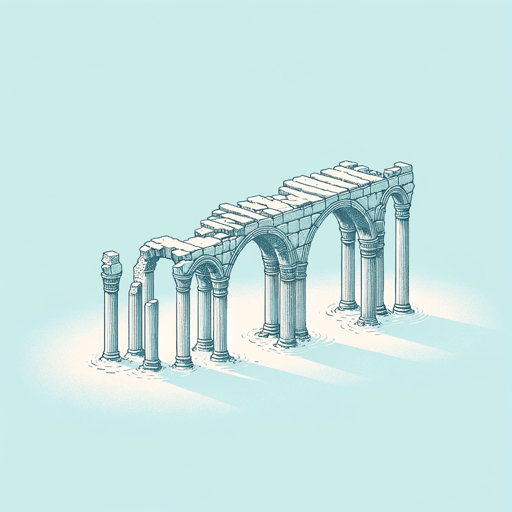29 pages • 58 minutes read
Stephen Vincent BenétThe Devil and Daniel Webster
Fiction | Short Story | Adult | Published in 1937A modern alternative to SparkNotes and CliffsNotes, SuperSummary offers high-quality Study Guides with detailed chapter summaries and analysis of major themes, characters, and more.
Symbols & Motifs
Cross Corners
The fact that the story takes place in a town called Cross Corners, New Hampshire, alludes to the symbolic significance of crossroads in stories that involve a pact with the devil. A crossroad in literature typically indicates that the protagonist faces a decision; in deal-with-the-devil narratives, such intersections are frequently where the pact is made. In Benét’s story, “Cross Corners” symbolizes both the choice between accepting Scratch’s terms or rejecting them and the “crossroads” between the natural and supernatural worlds.
The Pocketbook
“The Devil and Daniel Webster” draws on a tradition of depicting the devil as a money-lender. “Usury,” or charging interest on a loan, was considered a sin in medieval Christian Europe, and even as the practice became more common with the rise of capitalism, the association never entirely fell away. In fact, Benét’s Scratch much more closely resembles a modern banker than a medieval money-lender, and the persistent references to his deal with Stone as a “mortgage” underscore the parallels.
In this context, Scratch’s pocketbook—a place to keep money, checks, etc.—has symbolic significance. Scratch’s pocketbook contains not only his contracts with various individuals but also their souls; during one of Scratch’s conversations with Stone, the soul of Stone’s neighbor slips out of the pocketbook and begs for Stone’s help.


